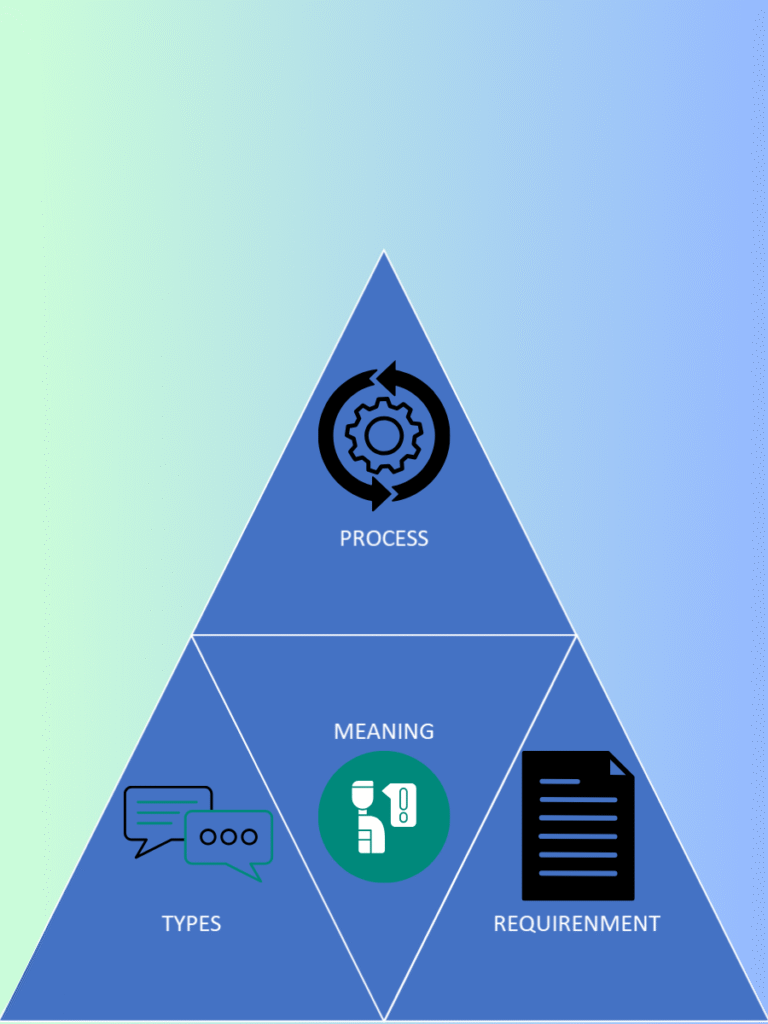Introduction
We encounter numerous patented inventions in our daily lives, yet we often overlook them. Walter Hunt invented the safety pin that saves your dress at the last minute.
The zipper on your jacket? That was Gideon Sundback. Even the GPS guiding your route was the brainchild of Roger L. Easton. But what exactly are patents, and how do they work in India? This patents in India primer will help you understand their types, legal requirements, and the basic process of obtaining one.
What is a Patent?
To put it simply, a patent is a type of intellectual property right that protects the inventions that qualify certain criteria. A legal certificate represents it, granting the holder exclusive rights and preventing others from using the invention without consent.
Now, let us look at the legal definition of a patent. According to the WIPO, “a patent is an exclusive right granted for an invention. Patents benefit inventors by providing them with legal protection for their inventions. However, patents also benefit society by providing public access to technical information about these inventions, and thus accelerating innovation.”
Before we talk about the patents India primer, let us see the definition of ‘patent’ which is given in Section 2 (1)(m) of the Indian Patent Act, 1970 (hereinafter referred to as “the Act”). It means “a patent for any invention granted under this Act.” However, the definition does not explain the meaning of patent. One must learn the definition of ‘invention’ to understand patents. According to clause (j) of Section 2(1), “invention means a new product or process involving an inventive step and capable of industrial application.” Once the invention is protected through a patent, the owner can use it for commercial benefits and competitive advantage and even sue others for using it without his consent.
Types of Patents
Now that we know the meaning of the patent and its purpose for granting it, let us study its types. The types of patents and their laws vary from country to country. You must file a patent in every country where you seek protection. For example, if you patent your invention in India, it won’t receive protection in the U.S. unless you register it there either through a separate application or the same one. The summary below outlines the different kinds of patents, regardless of jurisdiction:
- Utility Patent: This is the most commonly known type of patent. These patents protect any new innovation, process, composition of matter, machine or product with historical use and purpose. For example, an electric bulb, mobile phone, hairdryer, etc. Its term of protection typically lasts 20 years.
- Plant Patent: As the name suggests, this patent protects the newly produced plant varieties by non-sexual or asexual means like cutting, grafting, etc. The term of protection is mostly 20 years.
- Design Patent: This patent protects a product’s unique aesthetic looks and designs rather than its functionality. It could be the shape, pattern, surface design, configuration, or composition of lines or colours, etc. For example: the Coca-Cola bottle’s shape, crocs shoe design, etc. The term of protection may vary from country to country, as the country may have separate IP law to protect designs.
- Product Patent & Process Patent: In India, two types of inventions are typically protected through product patents. Product patents grant exclusive rights over the end product created or the tangible invention itself. A process patent grants exclusive rights to the method, technique, or process of making any product. For example, the Paracetamol drug is a product patent, while the formula or manufacturing process to produce a pharmaceutical drug is a process patent. The term of protection for both types of patents is 20 years from the date of application in India.
Requirements
As mentioned earlier, the patent laws and their requirements vary from nation to nation. This blog discusses the requirements for obtaining a patent in India. People often recognize the patentability criteria as NUN, meaning Novelty, Utility, and Non-obviousness. Below, we explain these terms and a few other requirements:
- Novelty: It means something new. Section 2(1)(l) of the Act defines a new invention as any invention or technology that no one has published anywhere in the world before filing a patent application or that is not part of the state of the art. However, if the public already knows or uses an invention, it cannot receive a patent.
- Utility: The invention must be of some use or potentially be used for industrial purpose. The utility must –
- be beneficial to public and not be against morality or nature;
- of practical or real-world use;
- not include features, nature or characteristics of the product itself; and
- have scientific proof of the product or process.
- Non-obviousness/ Inventive step: The invention must either have technically advanced features rather than existing knowledge, be economically beneficial, or both. Consequently, the invention would be non-obvious (that has never been seen or thought of before) to the person skilled in that field.
- Inventions not patentable: Section 3 and 4 of the Act provides an exhaustive list of the things that cannot qualify as inventions under the Act. It includes mere discovery of scientific principles, methods of agriculture or horticulture, surgical methods, algorithms, plants or animals in whole or part, etc.
Basic Process
The process to obtain a patent is lengthy and takes around 1-4 years, depending on the home country’s formalities and domestic law (where the patent is first filed). The following are the basic steps involved in the application procedure of filing a patent in India:
- Choice of Application: The first step is to choose the type of application you want to file. If your invention is still in development, you may choose a provisional application (a 12 month period is provided to file the complete specification). If your invention is complete, you may choose to file complete specifications. Also, the invention must meet the patentability criteria required by the law.
- Patent Search: The next step is to conduct a patent search; although it is not legally mandatory, it is highly recommended. It helps confirm that the invention is neither patented nor exists in the public domain.
- Filing Application: Prepare all the required documents such as Application (Form 1), Patent specification (Form 2) (complete details of the invention), Statement of undertaking regarding any other international filings (Form 3), Declaration of inventorship (Form 5), fees etc. Then, submit them online or at the appropriate Intellectual Property Office (IPO).
- Publication of Patent Application: This step allows the application to be publicly available in the Patent Journal, within 18 months from the date of filing.
- Examination: The next step consists of the applicant submitting a request for examination in Form 18 at most 31 months from the filing date. Thereafter, an examiner is assigned to check your application. He may raise objections if there is any error. If any objection is raised, the applicant can amend his specifications or justify them.
- Grant of Patent: If the objections are resolved and there are no further oppositions by any opponent, the Controller grants the patent. The term of protection of this patent is of 20 years from the filing date.
Conclusion
To conclude, a patent is a type of intellectual property right, which protects inventions. The purpose of protecting these inventions through patents is to grant exclusive rights to the holders and motivate people to contribute to the research & innovation of a nation. Patents are the backbone of technical innovations in this fast-paced and technology-centric era, and it is right to say that the inventions will not be able to stand in the competitive market for long without patent protection. For this reason, we must remain attentive to safeguard our inventions.
References
- Jay Bennett, “15 Patents That Changed the World,” available at: https://www.popularmechanics.com/technology/design/g20051677/patents-changed-the-world/ (Last visited 22 April 2025)
- Anthony Martello, “Top 10 Famous Patents of Everyday Items Between 1800 and 1950,” available at: https://www.popularmechanics.com/technology/design/g20051677/patents-changed-the-world/ (Last visited 22 April 2025)
- WIPO, “Patents,” available at: https://www.wipo.int/en/web/patents/ (Last visited 22 April 2025)
- The Patent Act, 1970 (Act 39 of 1970), s. 2 (1)(m)
- IP Law, “What Are the Different Types of Patents?” available at: https://iptse.com/what-are-the-different-types-of-patents/ (Last visited 23 April 2025)
- Dr. Sowndarya Somasundaram, “Different Types of Patents with Examples,” available at: https://www.ilovephd.com/different-types-of-patents-with-examples/ (Last visited 23 April 2025)
- Satyaki Deb, “Types of Patents,” available at: https://blog.ipleaders.in/types-of-patents/#Different_types_of_patent (Last visited 23 April 2025)
- Editorial Team, “Step by Step Procedure For Patent Registration in India,” available at https://lawipandmore.in/2024/12/18/what-is-a-patent-and-the-process-for-patent-registration-in-india/ (Last visited 24 April 2025)
- Sudha Jha, “What is a Patent and the Process for Patent Registration in India,” available at https://lawipandmore.in/2024/12/18/what-is-a-patent-and-the-process-for-patent-registration-in-india/ (Last visited 24 April 2025)







